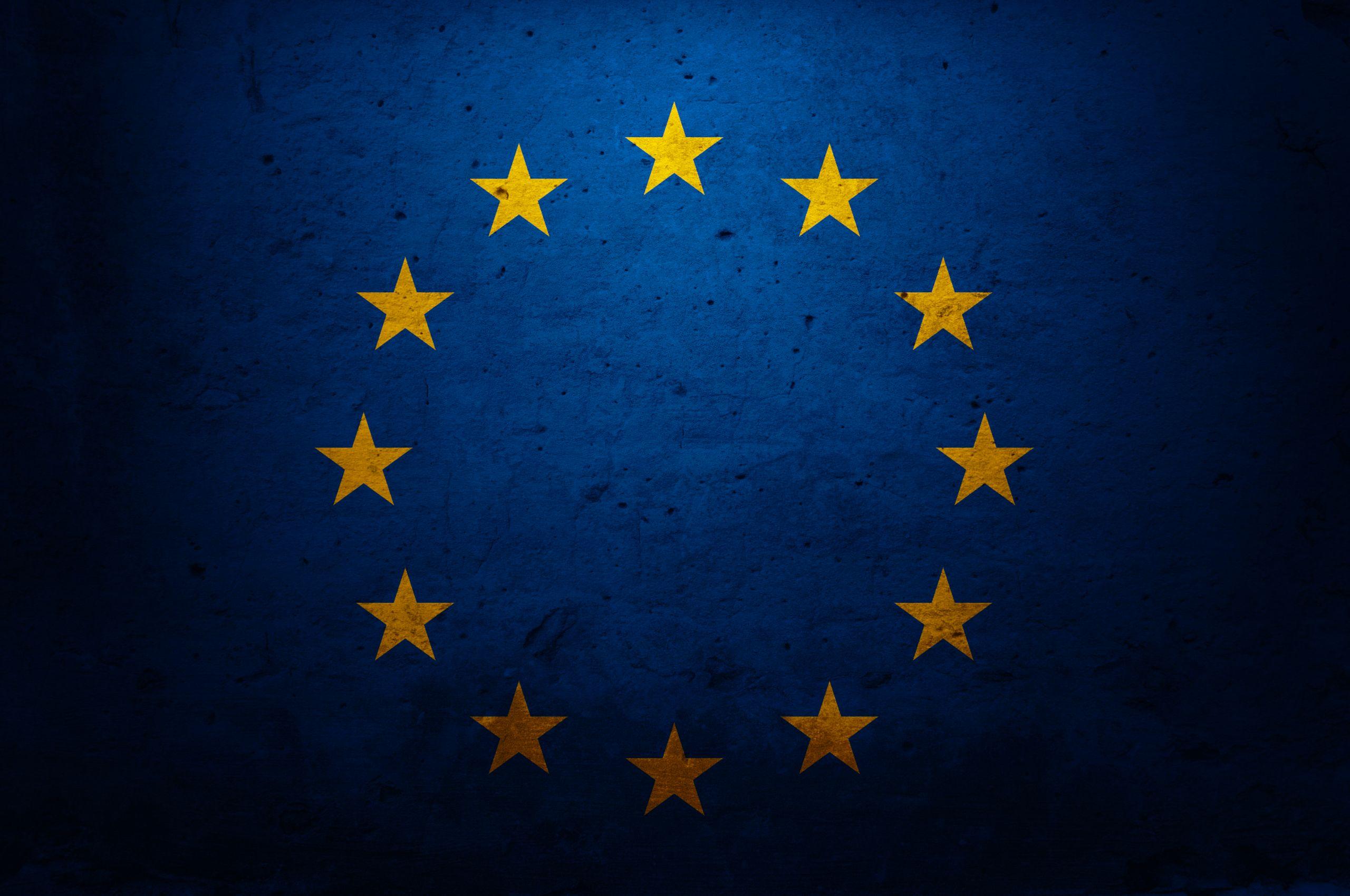This article is the product of a POLITICO Working Group.
Post-Brexit U.K. is looking for fields where it can get ahead of the EU — and that’s potentially good news for patients with rare diseases.
Novel cell and gene therapies have the potential to transform the lives of people diagnosed with devastating rare disorders such as cystic fibrosis or Duchenne muscular dystrophy. They can correct inherited genetic errors that cause disease or reprogram patients’ own cells to alleviate a chronic condition.
It’s a discipline which has turned medicine as we know it on its head, moving from drugs designed to treat large patient groups, to one-shot therapies, tailored to the individual’s body, some even offering the hope of a cure. And in the process, this paradigm shift has thrown up a multitude of almost impossible challenges for health systems, not least how to pay for the most expensive therapies in the world.
All countries are grappling with these challenges, but the U.K. is hoping that Brexit will allow it to solve them more quickly.
“What the U.K. is trying to do, post-Brexit, is now compete with America and with Europe, in terms of: ‘Let’s speed everything up, let’s attract as much of the clinical trial research as possible.’ And really, it’s about competition,” said Jennifer Lee, a market access leader at pharma company Janssen.
One strategy for speeding up the process of bringing novel cell and gene therapies to patients is to bring all the authorities involved in its assessment around the table early in the drug’s development.
The process — called the Innovative Licensing and Access Pathway or ILAP — aims to solve one of the key challenges in demonstrating that cell and gene therapies are safe and work. That is: figuring out what exactly to measure and how from what’s likely to be the only clinical efficacy trial of the drug in just a handful of patients.
Because the types of diseases these therapies are aimed at are rare, trials are conducted in a far smaller number of patients than is normal for a new medicine. Every decision on the pathway to license the drug will be based on the data from that one small trial. It therefore has to satisfy medicines regulators; demonstrate that these therapies add significant value to patients; and provide the basis for pricing and reimbursement negotiations.
Agreement on this data from all the groups involved in assessing the drugs has become critical if a gene therapy is going make it to market — and stay there. And currently in Europe, the market for such highly innovative therapies is failing.
Since the first such therapy was authorized for use in 2009, there have been 21 products approved in Europe. However, six of these have since been withdrawn from the market — not because of safety or efficacy concerns, but over pricing and reimbursement.
For rare disease patient group Eurordis, it’s looking at practices in the U.K. as “potentially having great impact,” said Simone Boselli, public affairs director at the group. On top of the ILAP scheme, the U.K. has created a new fund for innovative medicines and is working to ensure access to rare disease drugs through the country’s National Health Service.
Europe is clearly falling behind other regions. Between January 2014 and June 2019, there was a mere 2 percent growth in the number of clinical trials launched each year for cell-, gene- and tissue-engineered therapies. That compares with 36 percent in the United States and 28 percent in Asia.
There are many reasons for this, said Paolo Morgese, director of EU market access at the Alliance for Regenerative Medicines (ARM), including Europe’s strict regulation of genetically modified organisms, obstacles setting up trials, reimbursement challenges and an investment slowdown compared with Asia and the U.S.
Also, the U.K. has previously adopted “more flexible rules” on clinical trials and on GMOs, “creating a more flourishing clinical trials environment,” he said.
But it’s not all doom and gloom for the EU.
Brussels is currently drawing up a revision to its GMO rules which apply to some cell and gene therapies, pointed out Andrzej Rys, director for health systems, medical products and innovation at the European Commission’s department for health and food safety, DG SANTE.
In addition, new rules on clinical trials came into effect in January. These are designed to make it easier for investigators to carry out clinical research in the bloc. It’s too early to tell if it’s having a big impact on applications, but the signs are positive, said Rys.
There are also opportunities for Europe to lead in other areas. Five years ago, the bloc established a group of 24 specialist rare disease networks with expertise across fields such as bone disorders, childhood cancer and immunodeficiency. They share their latest knowledge across more than 1,600 centers, collaborating to advance their understanding and treatment of these devastating diseases.
There are high hopes these networks can be further developed to foster research in the field and provide a gateway from academia to startups, said Maurizio Scarpa, director of the regional coordinating center for rare diseases at UDINE University Hospital, Italy.
With most cell and gene therapy studies carried out at these facilities, they can help generate the data needed to satisfy all the authorities down the line, he said.
“The [networks] are now ready … to really be active [in these discussions],” he said. “We have all the tools; we now need directions,” said Scarpa, who is also coordinator of the inherited metabolic diseases network.
And finally, there are growing calls from within the European Parliament to harness one of the biggest developments seen in health care in the pandemic — to exploit Europe’s buying power as it did for COVID-19 vaccines and therapies.
With therapies costing up to €2 million per dose it is a move with widespread support — and even the industry seems to be coming around to it, at least for ultra-rare diseases with only a handful of patients each year in Europe.
Whether or not the EU will advance this idea, however, remains to be seen.
“Frankly speaking, in this moment of time, I cannot imagine how this may work,” said Rys at DG SANTE. However, the Commission “did buy medicines for the first time … directly from our budget” for the COVID antiviral remdesivir. “So, if you say it’s not possible, it was possible,” Rys said.
This article is part of POLITICO’s Evolution of health care series which is presented by Janssen. It is the product of a Working Group and was produced with full editorial independence by POLITICO reporters and editors. Learn more about editorial content presented by outside advertisers.



